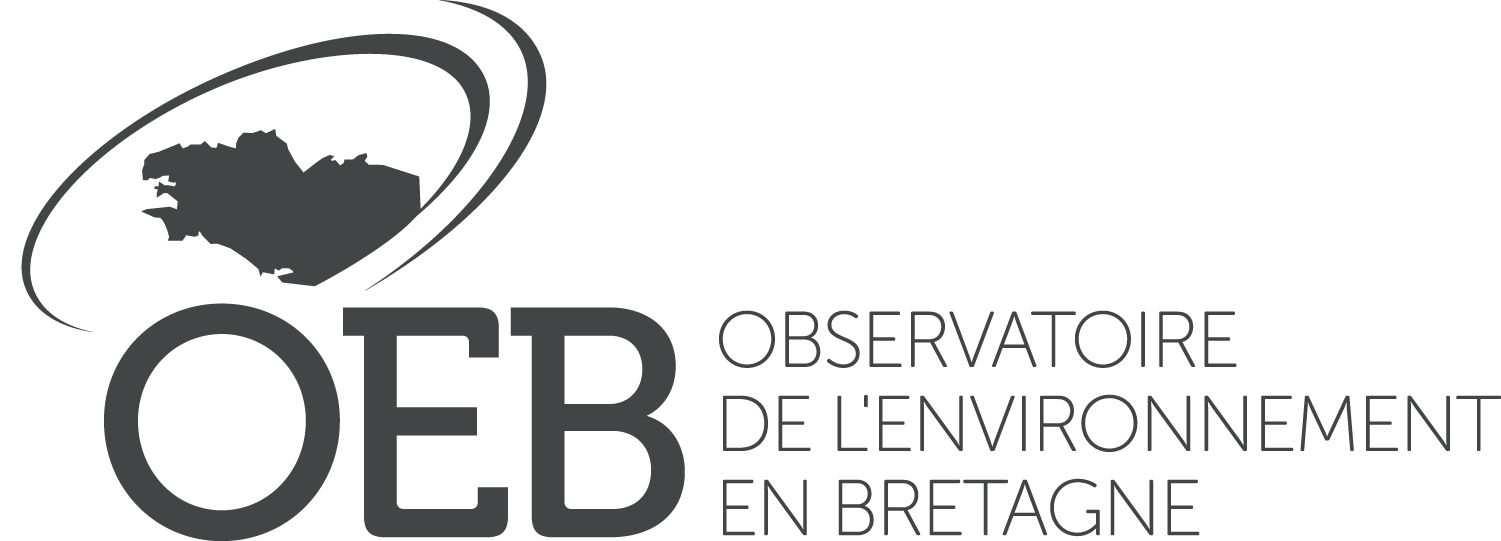This paper summarizes knowledge about relations between husbandry practices and oyster spat mortalities since 2008 in France. These relations are strictly analyzed from a panel of experiments set on the shore (in outdoor experiments) by Ifremer teams and technical institutes all over French coasts. Results show some practices are able to reduce spat mortality with some influencing factors relevant of spat quality (sanitary status, natural or genetic selection) or husbandry practices. Spat “free” of virus is able to survive up to 90% when it is isolated and confined in ponds or nursery, during an epidemic crisis. When outbreaks occurred in oyster beds, natural or nursery spat died in almost same proportions. In 2010, some studies conducted in Mediterranean Sea or on Atlantic coast, show best survival for triploid spats compare to diploid spat (20% survival gain). The expected survival advantage for early versus late spat catchment (settled) as the effect of age or height on spat survival, need to be studied further more. On the field, the possible survival gain of spat is related to environmental interactions. Below 16°C and above 24°C, spat survival is significantly higher on Mediterranean coast (Thau lagoon). Spat survival increased either by improving the confinement, either through favorable hydrodynamic conditions. That was the case with low spat density, spat confined in bred structures (hatchery, pond) or spat reared in isolated (sheltered) ecosystem (eg Pen-Bé aber , Quiberon bay, Ouest-Cotentin coast, ponds in Mediterranean coast). The epidemic crisis (outbreak) reaches highest intensity during spring, just after rising up the 16-17°C temperature threshold. Faster was this threshold crossing, higher was the mortality event. No bred structure really improve the spat survival excepted if set in favorable environment. In the same way, effect of biomass on survival often give contradictory results and need more investigation. Generally speaking, improved spat survival has to be expected from combination of specific husbandry practices (free spat, low rearing densities, higher heights of culture…) related to regional opportunities (sheltered location, confined pond, …). Adapted practices as spat certification (“free” of virus), oysters batches management related to local hydrodynamic, should contribute to reduce contamination process, and mortality during the outbreaks.
Les pratiques culturales peuvent-elles permettre de réduire la surmortalité du naissain d'huîtres creuses? Récapitulatif des essais d'élevage et expérimentations zootechniques menés sur le territoire français entre 2008 et 2010
Mise à jour :
20 mars 2011
ostréiculture
santé animale
aquaculture
analyse microbiologique
Lien vers la ressource
Type de document
Rapport
Auteurs personnes
Soletchnik Patrick
Mazurie Joseph
Allain, Gwenhael
Bedier, Edouard
Benabdelmouna, Abdellah
Blin, Jean-louis
Bouquet, Anne-lise
Cochet, Helene
Degremont, Lionel
Gaussem, Florian
Gervasoni, Erika
Glize, Philippe
Petton, Bruno
Roussel, Pierre-yves
Pernet, Fabrice
Éditeur
Institut français de recherche pour l'exploitation de la mer (IFREMER)
Date de parution
20 mars 2011
Langue
Français
